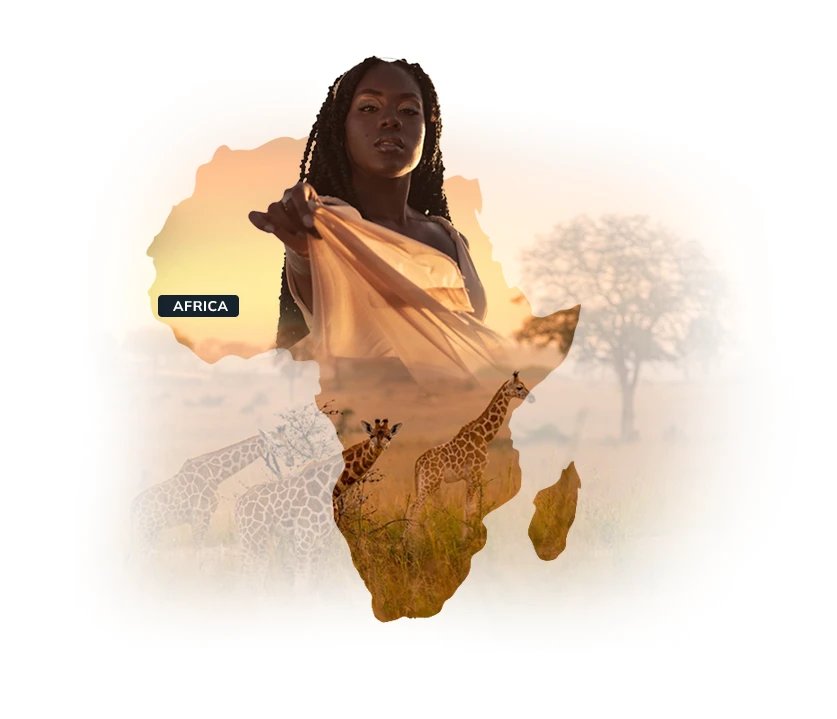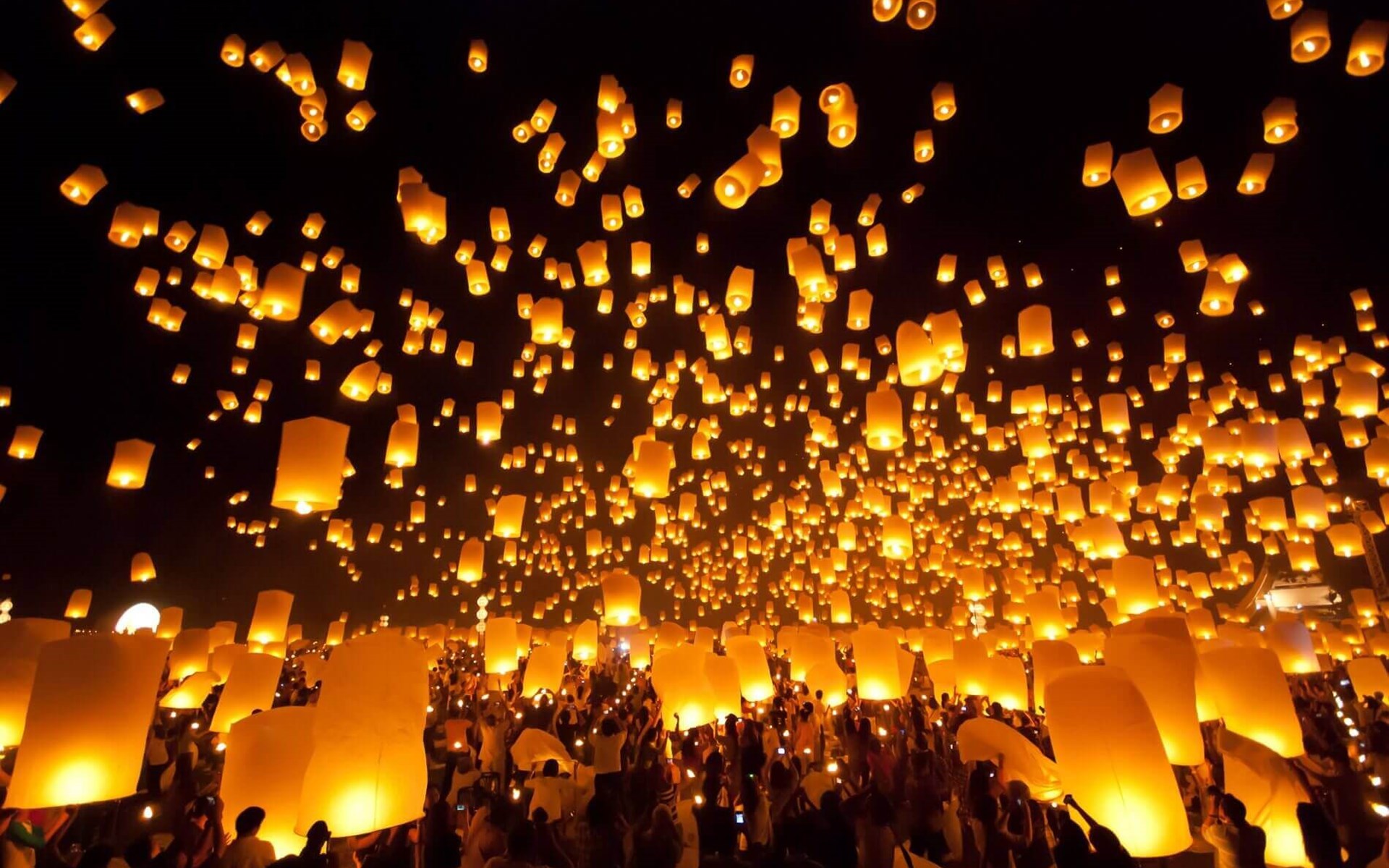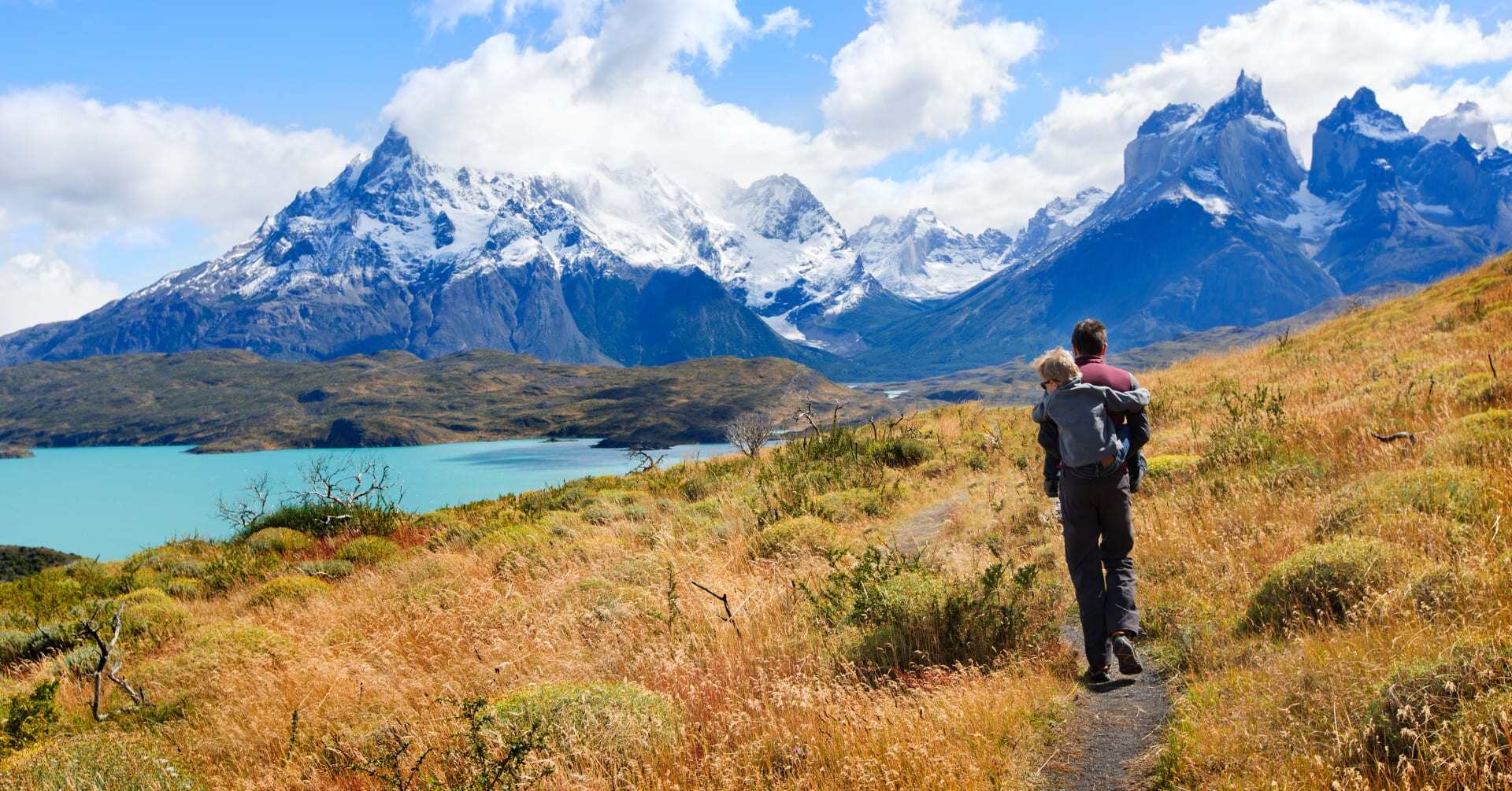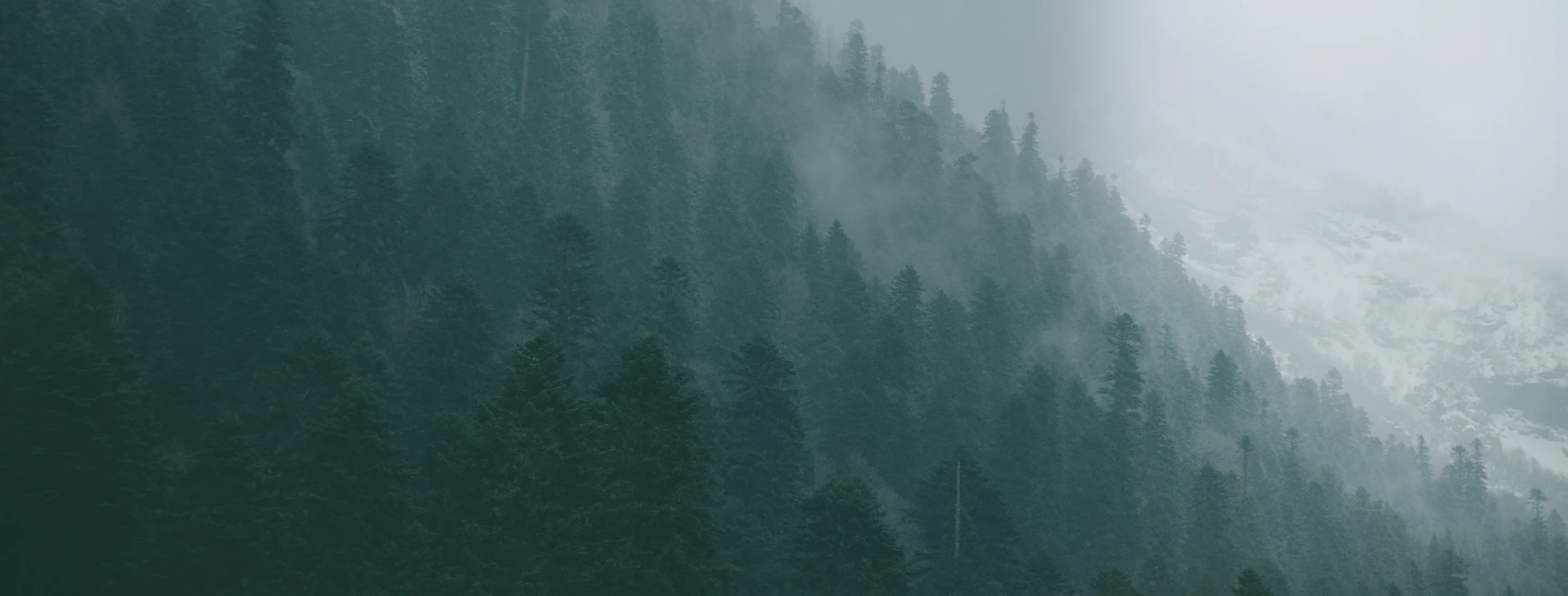Whether it’s protecting fragile habitats and highly endangered wildlife or preserving cultural traditions, Namibia is a global leader when it comes to responsible travel.
Namibia’s tourism objective focuses on offering visitors well-managed, community-based tours that support conservation and community initiatives. Not only do these tours offer visitors a more meaningful travel experience, they also provide an income for local communities.
Here at Wayfairer we take care to ensure that our Namibia holidays offer a unique, authentic and sustainable travel experience for our clients.
We urge all visitors to Namibia to travel in a responsible and respectful manner to ensure that tourism continues to have a positive impact on the economy, the environment, and the local communities.
Here’s our guide to responsible travel in Namibia:
People & Culture
During your time in Namibia we recommend that you spend time with the San (formerly Bushmen) of the Kalahari and the Himba people in the far north-west. For many visitors to Namibia, meeting the San or the Himba people and learning about their traditional lifestyles is an experience that they will never forget.
The San are believed to be southern Africa's original inhabitants and around a third of the 90,000 remaining San live in Namibia. On our itineraries we offer the option to stay at a lodge in the Kalahari Desert where you can experience an incredible sunset walk with a local San bushman.
We also offer the option to stay at Serra Cafema which is an intimate, peaceful camp located in one of the most isolated areas of Namibia where the Himba people continue their traditional semi-nomadic way of life. Himba women cover themselves in an ochre paste to protect themselves from the sun and they also have distinctive braided hair which changes with age and marital status. Guests at Serra Cafema may be able to visit a Himba settlement and spend time with the Himba women. This is a truly authentic cultural experience which offers an opportunity to interact with the Himba people and learn about their fascinating lifestyle and customs.
If you visit a tribe in a remote region of Namibia always ask permission before taking photos and respect people’s privacy. You should engage and interact with people rather than simply taking photos of them and showing them the image on your camera afterwards is a nice gesture. Please remember that cultural exchange is a two-way street and you are also an object of fascination.
Wildlife & Conservation
Namibia has led the way in creating conservancies - areas of land in which local communities take responsibility for conservation and management of the land and its wildlife in order to generate income for themselves through sustainable farming and tourism.
Registered conservancies cover more than 18% of the country and there are a number of lodges, campsites, safari experiences and cultural encounters which are wholly owned by rural communities. When you’re planning your Namibia holiday we recommend that you include a stay at a community-owned tourism project in a conservancy. Please ask your Wayfairer Fair Travel Consultant for more information about this when discussing your itinerary.
When choosing your accommodation we encourage you to select a sustainable lodge or hotel which has an Eco Awards Desert Flower Certificate as this indicates that it has eco-friendly and responsible values. Here at Wayfairer we tend to use properties which are Namibian owned and managed and we use many hotels and lodges which have an Eco Awards Desert Flower Certificate. As with all our destinations we prefer to work with establishments which take measures to reduce their environmental impact and play a positive role in their local community.
There are several private reserves and animal sanctuaries across central Namibia which protect, rehabilitate and release big cats, as well as other wildlife.
Whilst visiting national parks and reserves in Namibia ensure that you don’t leave any litter – everything you carry in you must carry out. Aside from the environmental damage, litter can be harmful to the wildlife.
Wayfairer Top Tip:
If you’re looking for an eco-friendly, adrenaline activity we recommend sand boarding down the 100-metre tall dunes of the Namib Desert. Please ask your Wayfairer Fair Travel Consultant if you’re interested in including sand boarding in your itinerary.
Fires start fast and burn hard in the desert so please ensure that you never drop cigarette butts or matches on the ground.
Water is extremely scarce in Namibia so we would encourage you to take short showers and reuse towels.
Shopping & Food
Support the local economy by buying authentic handmade products such as cotton fabrics, wood carvings, pottery and silver jewellery at markets, villages and small-scale souvenir shops rather than hotel tourist shops or on organised shopping trips. When you buy products at markets, villages and small-scale souvenir shops you are helping to support a fragile economy and supporting local artisans helps keep traditional crafts alive.
Namibia is home to the Herero tribe, who are characterised by their Victorian-style colourful dresses and horn-shaped headgear. Herero women often sell dolls in traditional Herero attire at roadside markets and if you buy one of these dolls you’re showing the Herero tribe that their culture and heritage is embraced by visitors, plus of course you’re directly contributing to their economy.
Never buy crafts or products made from protected or endangered animals, such as ivory, fur or feathers.
When ‘bartering’ over the price please bear in mind that the seller might accept a price below its cost price because they need cash to feed their family, so don’t push too much just to save yourself a few pounds. Stay calm, be reasonable and keep a smile on your face. It's meant to be fun!
Be adventurous and eat in local restaurants and cafés. Not only does this help to support the local economy, but it will also give you a more authentic holiday experience.
If you'd like to plan a holiday to Namibia, call our Luxury Travel Specialists for a chat about your dream trip or fill out our no-obligation enquiry form.








